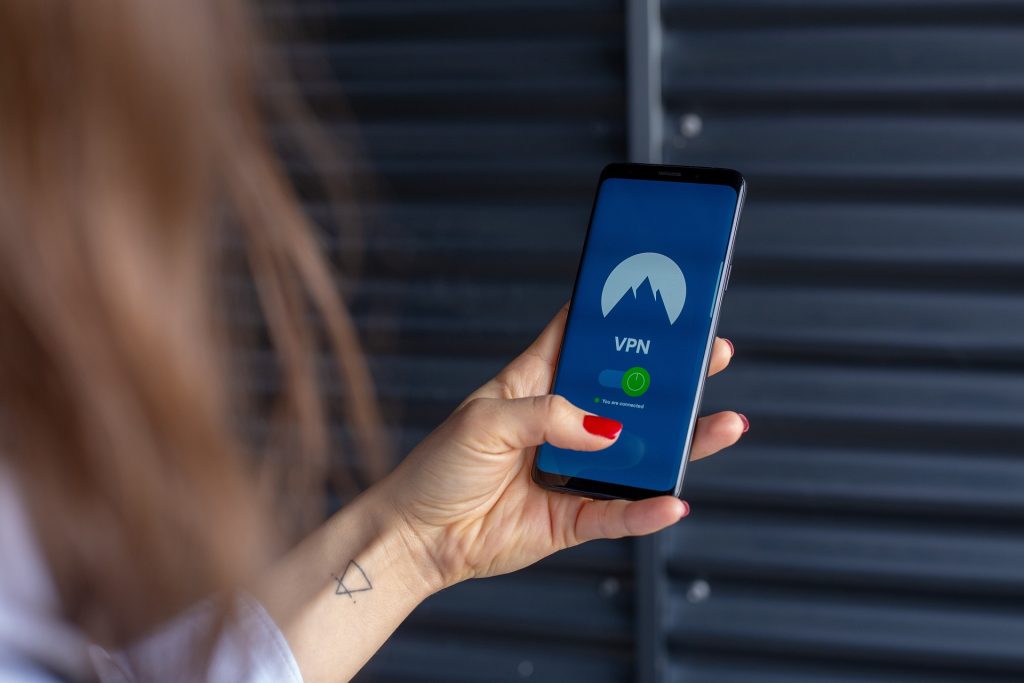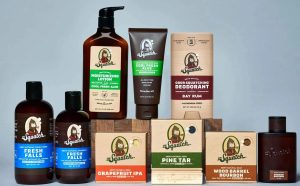In the past, you needed to visit a boutique or a brick-and-mortar shop to find the clothes and other fashion items you needed. Thanks to the emergence of the internet, you can already browse online for your fashion needs. On some platforms, you can even enjoy virtual fitting to ensure that the clothing and accessories look good on you. However, you still need to ensure your safety online. For this reason, this article lists some valuable tips to protect your privacy while browsing fashion websites.

How to Protect Your Privacy While Browsing Fashion Websites
Use a VPN
One of the primary things you can do to protect your privacy while browsing fashion websites online is to use a virtual private network (VPN). This service will encrypt your internet traffic and hide your IP address. From there, websites will find tracking your location and browsing habits more challenging. However, you need to use an exemplary VPN service that can cater to your needs, sometimes, depending on your location. In this case, when exploring PrivateVPN for Pennsylvania users, you may discover that PrivateVPN doesn’t have servers in Pennsylvania. For this scenario, the best alternative is Private Internet Access (PIA), which has one server location in the state. Using a VPN service in an area within your vicinity will ensure a seamless online experience even with security restrictions imposed. This means that you have a very minimal risk of lags or downtimes.
Use Privacy-Focused Browsers and Extensions
Another thing that you can do to ensure your safety and security when browsing fashion websites is to use privacy-focused browsers and extensions. This means opting for browsers prioritizing privacy, such as Firefox, Brave, or Tor. Similarly, you can use search engines that don’t track you when searching for fashion items. You can also install privacy extensions, including ad blockers, tracker blockers, and extensions that force secure connections.
Enable Private Browsing Modes
There are instances wherein enabling private browsing modes proves to be more beneficial. This is because using your browser’s private browsing or incognito mode will prevent your browsing history from being recorded. In parallel, regularly clear your browsing history, cache, and cookies to minimize data that can be used to track your activities. In this case, there is a way for you to configure your browser to automatically produce precise data when exiting. Many tech websites provide a tutorial on how you can do this.
Manage Cookies and Trackers
Managing cookies and trackers to foster a more secure experience when browsing fashion websites is also a good idea. In this case, you can adjust your browser’s cookie settings to block third-party cookies or use extensions that can automatically delete cookies after a session. You can also use specific tools to block tracking scripts that collect data on your browsing behavior.
Monitor Permissions and Settings
Constantly monitor the permissions and settings of the apps you use to browse fashion websites. If you are using mobile apps, review and limit app permissions to only those necessary for the app’s functionality. You should also regularly check and update your browser’s privacy settings to ensure they align with your privacy preferences. It would help to be cautious with apps that integrate automatically with social media platforms. In this case, it is a good idea to refrain from using social media logins to sign into fashion websites, as these can share data between platforms. In line with this, be cautious about sharing your purchases or wish lists on social media, as this can expose your preferences and habits.
Be Mindful of Personal Information Sharing
Finally, always be mindful of what you share online. This is because your personal information and sensitive data, when accessed by those with malicious intentions, can be used for purposes that can harm you. In this case, only provide necessary personal information when creating accounts on fashion websites. You can even use disposable or temporary email addresses for sign-ups and newsletters to avoid spam and maintain anonymity when browsing fashion websites. Take the time to review the privacy policies of fashion websites to understand how your data is being collected, used, and shared. From there, you can look for options to opt out of data sharing and targeted advertising when available.

How to Protect Your Privacy While Browsing Fashion Websites
When browsing fashion sites online, you can use a VPN to make your online activities more secure. You can also use privacy-focused browsers and extensions to enable private browsing modes. Managing cookies and trackers and monitoring your app permissions and settings is also a good idea. Ultimately, you must be mindful of sharing personal information to ensure your safety and security while browsing fashion websites.

fashionabc is a fashion technology platform, comprising a digital directory and various other digital tools and supply chain solutions for the fashion industry ecosystem, that focus on ethical fashion and sustainability. We are building inclusive digital transformation tools for fashion professionals who are willing to take steps towards a more sustainable ethical fashion industry, by adopting AI and DLT blockchain technology.
* building digital profile and IP solutions for fashion businesses
* tackle issues such as provenance and counterfeit in supply chain
* contribute to the construction of a meritocratic ethical fashion industry which is certified and part of the circular economy










